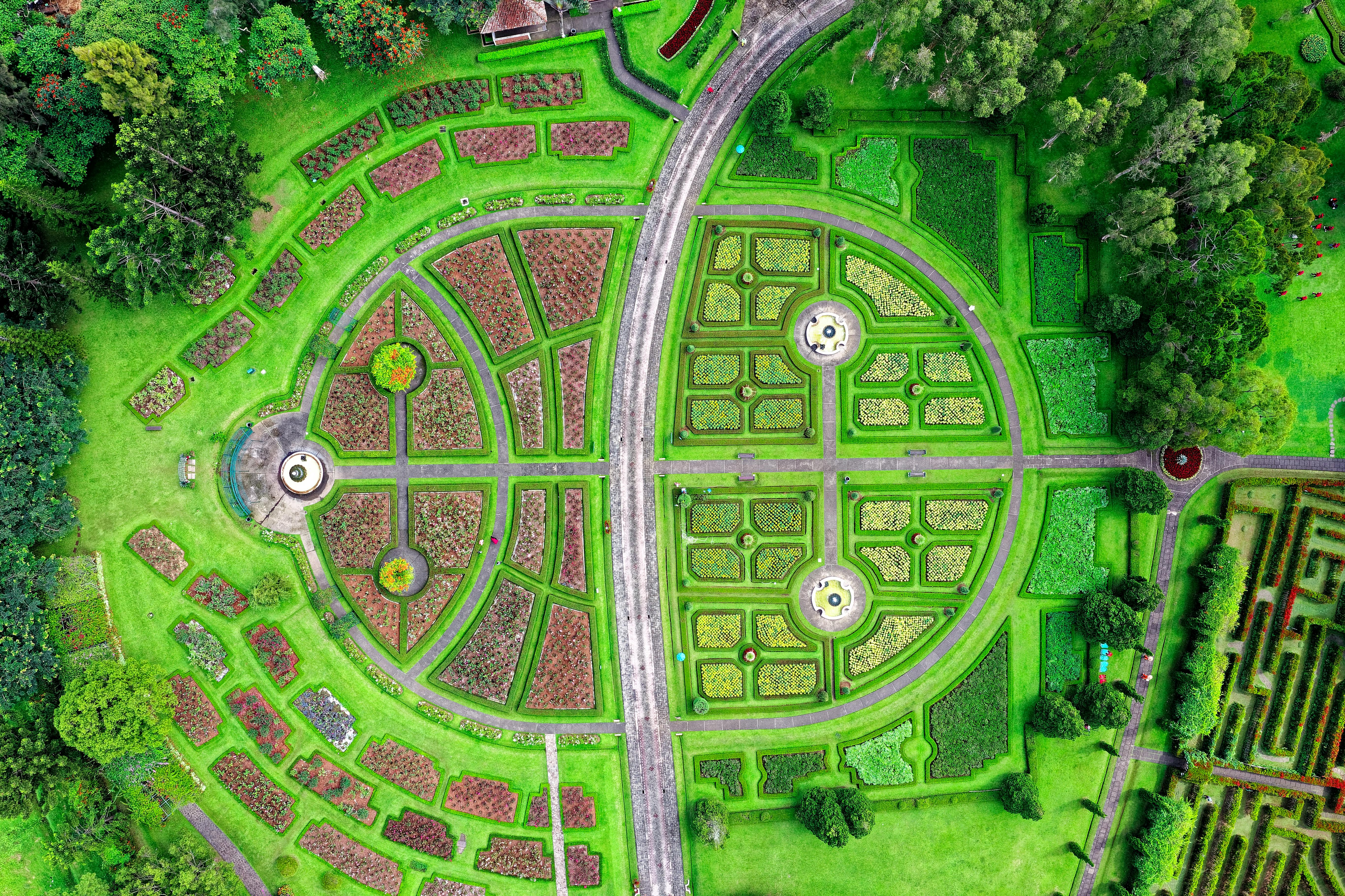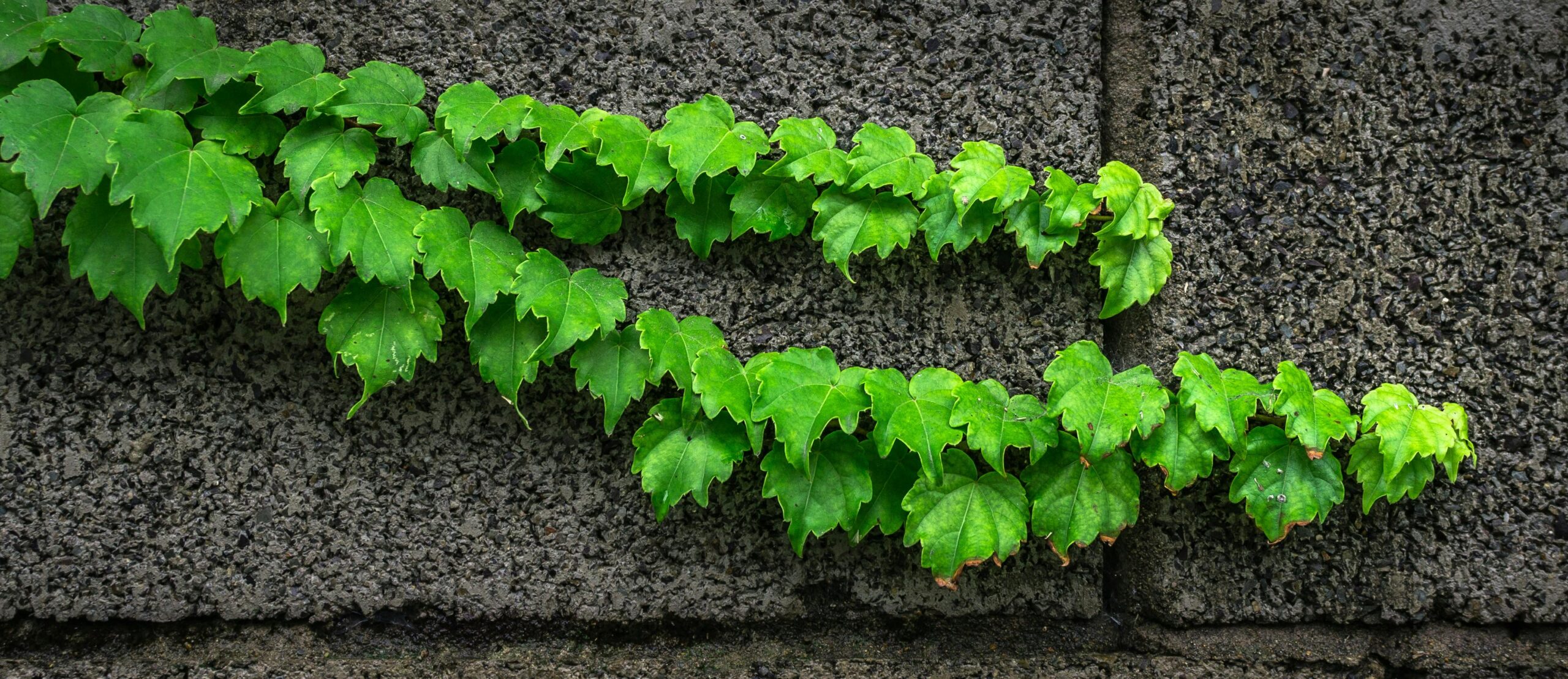Gardena Gartenplaner: The Ultimate Tool for Your Garden Design
The Gardena Gartenplaner is an essential tool for anyone looking to design their garden efficiently and creatively. With its innovative features and user-friendly interface, it allows both beginners and experienced gardeners to plan their outdoor spaces with precision. This article will explore the key functionalities of the Gardena Gartenplaner, provide practical tips for effective garden design, and answer common questions about this excellent gardening tool.
Understanding the Gardena Gartenplaner Features
The Gardena Gartenplaner is packed with features that make garden planning a breeze. Its intuitive design helps you visualize your space effectively. One of the standout features is the ability to create 2D and 3D representations of your garden layout. This allows you to experiment with different design ideas before making any physical changes. Additionally, the **smart plant library** provides detailed information about various plants, helping you select the right ones for your garden.
Creating 2D and 3D Designs
One of the most exciting aspects of the Gardena Gartenplaner is the ability to switch between 2D and 3D views. This functionality enables you to see a flat layout initially, perfect for plotting out where you want paths, flower beds, and other garden elements. Once you have a basic outline, you can flip to the 3D view to gain a better perspective on how everything will look in reality. This two-dimensional-to-three-dimensional transition is particularly helpful when planning layered garden designs, as you can visualize heights and depths effectively.

Using the Smart Plant Library
The **smart plant library** included in the Gardena Gartenplaner is a game changer. With thousands of plants at your fingertips, you can filter choices based on species, color, and sun requirements. This is incredibly useful for creating harmonious color schemes and ensuring your plants can thrive in their designated environment. The library provides essential care information, so you know how much water and sunlight your plants will need, helping you build a sustainable garden.
Practical Tips for Garden Planning
To make the most of the Gardena Gartenplaner, consider these practical tips for effective garden planning. First, take inventory of your available space. Measure your garden area accurately to ensure your designs are feasible. Next, think about the function of your garden: is it purely for aesthetics, or do you also want to grow vegetables? Different garden types will require different attention to layout and plant selection.
Making the Most of Your Space
When planning your garden, effectively utilizing space is crucial. Implement vertical gardening techniques such as trellises, which not only maximize space but also add an aesthetic flair. The Gardena Gartenplaner allows you to integrate these features into your designs easily. Consider paths and zones within your garden that can create distinct areas for relaxing, playing, or planting. By translating your design ideas into the tool, you can better understand how these elements will fit together.
Incorporating Seasonal Changes
Gardens are dynamic, and seasonal changes can greatly influence your gardening experience. The Gardena Gartenplaner helps you anticipate these changes by enabling you to test various plant combinations for different seasons. For example, you can create a spring-specific flower layout and see how it will evolve into summer. By planning for multiple seasons, you can create a garden that is always vibrant and engaging.

Common Mistakes to Avoid in Garden Planning
Even the best tools can’t prevent all garden planning mishaps, but awareness of common mistakes can guide you to make better decisions. A frequent pitfall is overestimating the size of your plants and the space they will require. Always check the mature size of plants and account for them in your design. Another mistake is overlooking sunlight and shade conditions in various parts of your garden.
Overcrowding Plants
While it is tempting to pack your garden full of plants, overcrowding is a mistake that can lead to poor growth and increased competition for resources. Use the Gardena Gartenplaner to test your layout before planting. Make sure to leave enough space for each plant to grow and thrive to maintain a healthy garden ecosystem.
Ignoring Soil Quality and Drainage
Before planting, consider the soil quality and drainage in your garden. The Gardena Gartenplaner emphasizes the importance of incorporating these elements into your design. Testing soil types and preparing for effective drainage can save you significant problems down the road. Adjust your design accordingly; perhaps plan pathways that will help manage water runoff effectively, ensuring the health of your plants.
Key Takeaways
- The Gardena Gartenplaner offers 2D and 3D design features for optimal visualization.
- The smart plant library helps you select the right plants for your garden environment.
- Take careful measurements of your space to create feasible garden plans.
- Avoid common mistakes such as overcrowding and neglecting soil quality.
FAQ
1. What is the best feature of the Gardena Gartenplaner?
Many users highlight the ability to create both 2D and 3D designs as the best feature of the Gardena Gartenplaner. This functionality allows you to visualize your garden layout effectively and make adjustments before planting, ensuring your design works in real life.
2. Can I access a plant care guide through the Gardena Gartenplaner?
Yes, the Gardena Gartenplaner incorporates a **smart plant library** that includes detailed care information for thousands of plants. This feature helps you select and maintain plants that are suitable for your garden’s conditions.
3. How can I avoid overcrowding in my garden?
To avoid overcrowding, use the Gardena Gartenplaner to test your layout and ensure you leave adequate spacing for each plant. Research the mature size of your chosen plants to avoid spacing them too closely together.
4. How do I ensure good drainage in my garden design?
Good drainage starts with understanding your soil type. Make adjustments in the Gardena Gartenplaner by planning pathways or raised beds that allow for natural water flow. Testing soil quality before planting can greatly help in establishing the right drainage.
5. Is the Gardena Gartenplaner user-friendly for beginners?
Absolutely! The Gardena Gartenplaner is designed with a user-friendly interface that is accessible for beginners and experienced gardeners alike. Its guided features and smart plant library simplify the planning process.
By leveraging the Gardena Gartenplaner, you can turn your garden dreams into reality with thoughtful design and careful planning.
